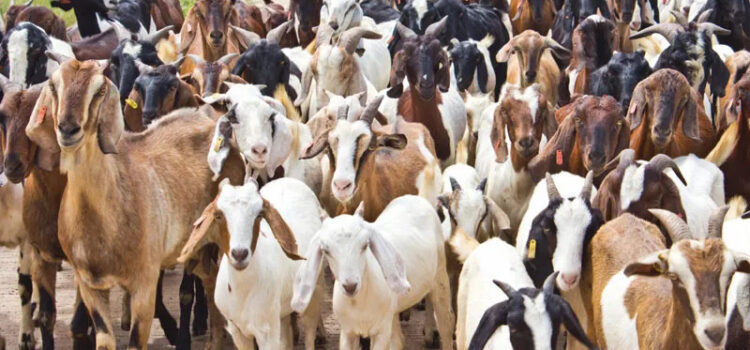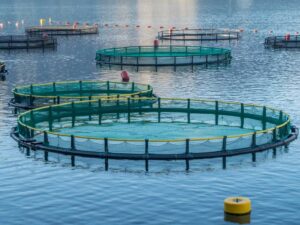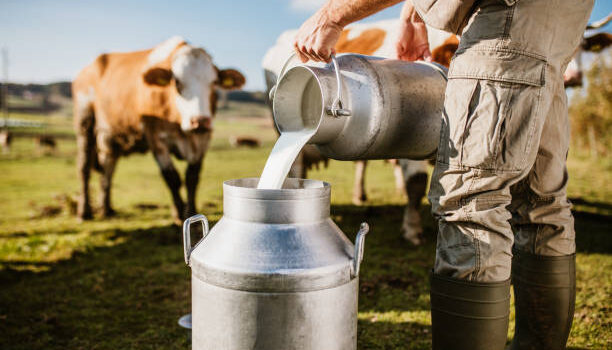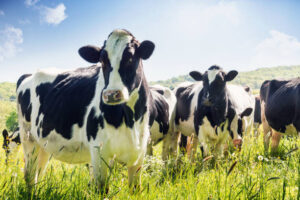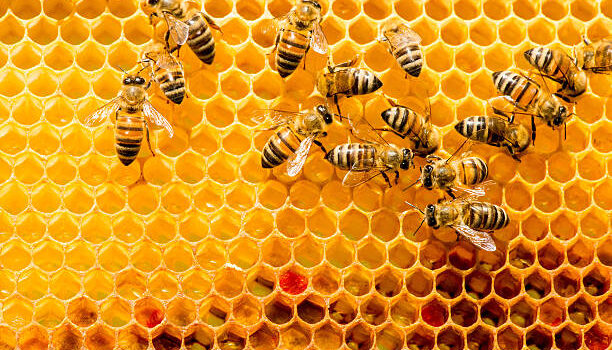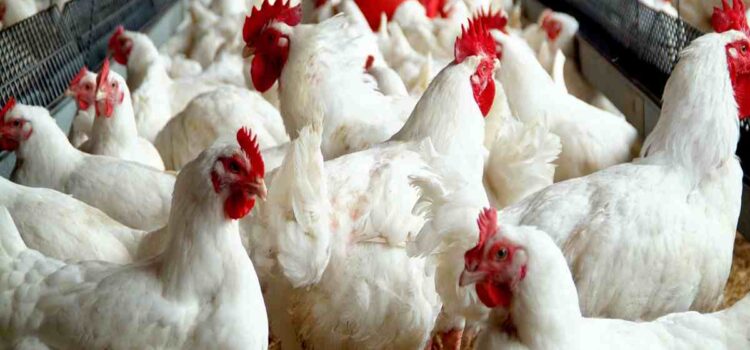The Shivraj government of Madhya Pradesh will transfer one thousand rupees each to 1 crore 20 lakh women of the state on Saturday (June 10, 2023) under the Mukhyamantri Ladli Bahna Yojana. Under this scheme, a total of Rs 1200 crore will be transferred to the women by the state government. For this, a program has been organized by the state government in Jabalpur, in which benefits will be given to the beneficiaries of Mukhyamantri Ladli Bahna Yojana in one click.
What is Chief Minister Ladli Bahna Yojana?
Chief Minister Shivraj Singh Chouhan had launched the Ladli Bahna Yojana in 2023 to improve the standard of living of women and make them financially capable. Under this, an amount of Rs 1000 i.e. Rs 12000 will be given every month to the weak and working-class women by the state government.
How to apply?
The form can be taken from Gram Panchayat, ward office, or campsite for application in this scheme. The form filled by the applicant is entered in the Ladli Bahna portal, in which an online photo of the woman is taken after entering. Finally, the online application number received after the entry of the application form is given to the applicant by entering it in the acknowledgment. Every month the amount is paid into the Aadhaar linked DBT enabled bank account of the applicant.
Documents required for application:
Aadhar card
bank account
passport size photo
mobile number
domicile certificate
Birth certificate
Which women get the benefit of Mukhyamantri Ladli Bahna Yojana?
- To take advantage of the Mukhyamantri Ladli Bahna Yojana, the woman must be a resident of Madhya Pradesh.
- Married, widowed, and divorced women get their benefits.
- To take advantage of the scheme, the age of the woman should be between 23 years to 60 years.
- No member of the family pays income tax.
- The self-declared family income should not exceed 2.5 lakhs.
- No member of the family should be employed in any department or undertaking of the State or the Centre.
- He is not getting an amount of Rs 1000 per month or more under the Central or State Government.


